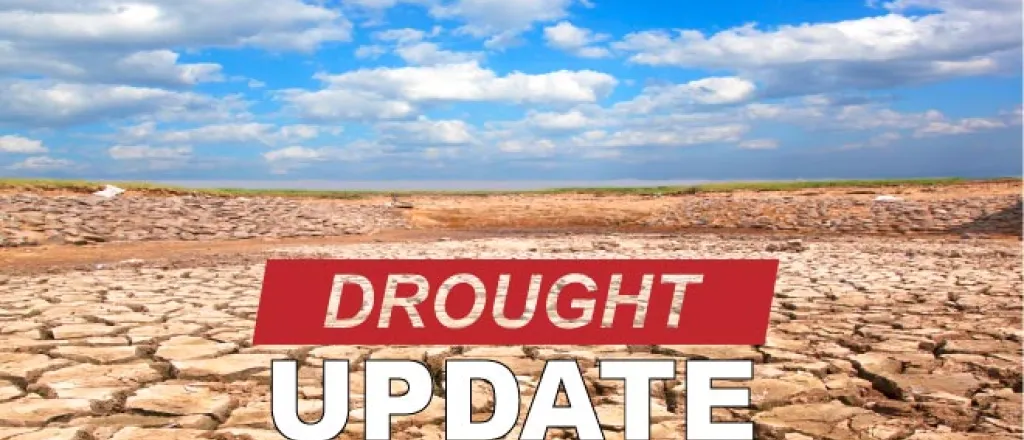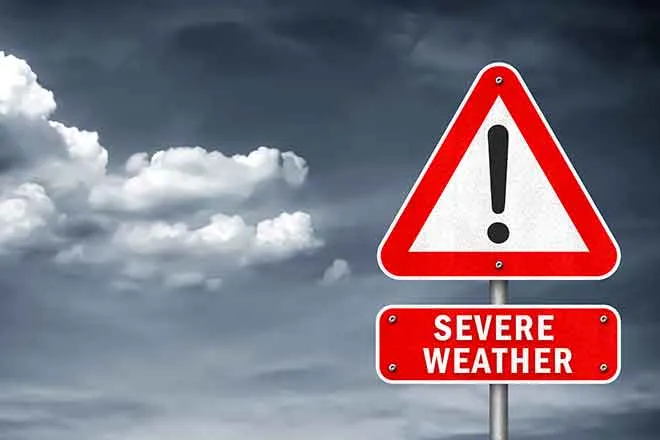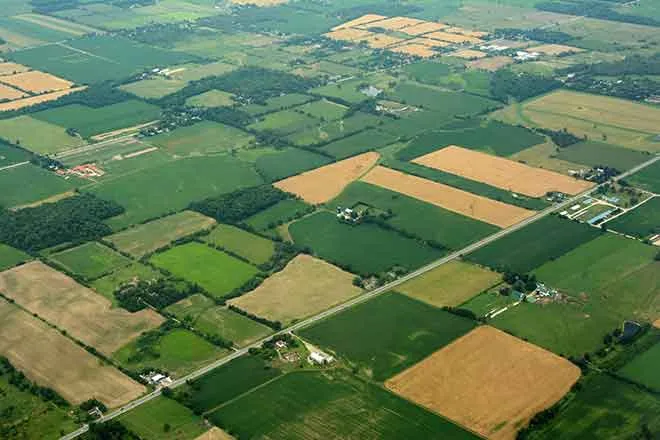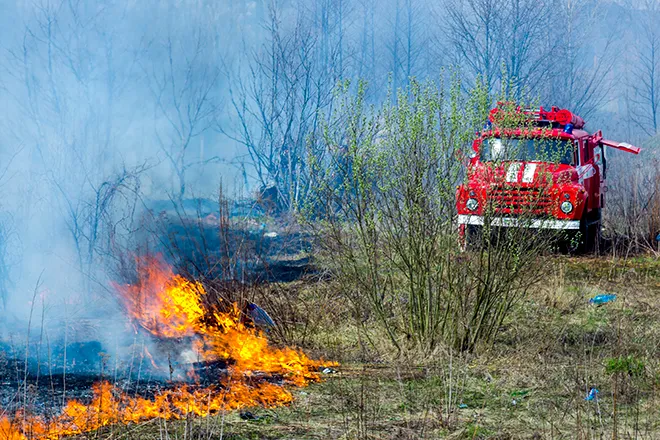
Dry conditions returning to Colorado
Colorado was free from drought and abnormally dry conditions for eight consecutive weeks – something that hasn’t happened for even a single week in records going back to January 2000 – however dry conditions have been making their way back into the state over the past two reports.
Colorado – and most of the nation – reached drought-free conditions in late May.
Two weeks ago, abnormally dry conditions returned to Dolores, Montezuma, La Plata and Archuleta counties. In the latest report from the National Drought Mitigation Center, western portions of Moffat and Rio Blanco counties are also seeing a return of abnormally dry areas.
More than 95 percent of the state remains drought-free, thanks to heavy, late-season snow storms, particularly in the southern mountains and Colorado’s western slope. A cool spring also helped slow snowmelt in the mountains.
On January 1, less than 18 percent of the state was free from drought, and 27 percent – mainly in the southwest - was in extreme and exceptional drought, the two worst categories. In late September last year, half the state was in extreme and exceptional drought.
As recently as June, the United States Department of Agriculture and Small Business Administration were designating more than half of Colorado’s counties as disaster areas, making producers and businesses eligible for federal assistance and loans.
While northeast Colorado benefitted from rain over the past week, much of the state has been dry, with warmer than normal temperatures – occasionally reaching the low 100s.
The Climate Prediction Center’s outlook over the coming month offers some hope for a halt to the spread of dry areas. Much of northern and western Colorado has a 50 percent chance of above-average rainfall, while the southwest corner and southern mountains have a 40 percent chance. The northern half of state also has a one in three chance for below-normal temperatures.
Over the longer term, through the end of October, southwest Colorado is likely to see normal precipitation, while much of the state could see above-average temperatures.

















